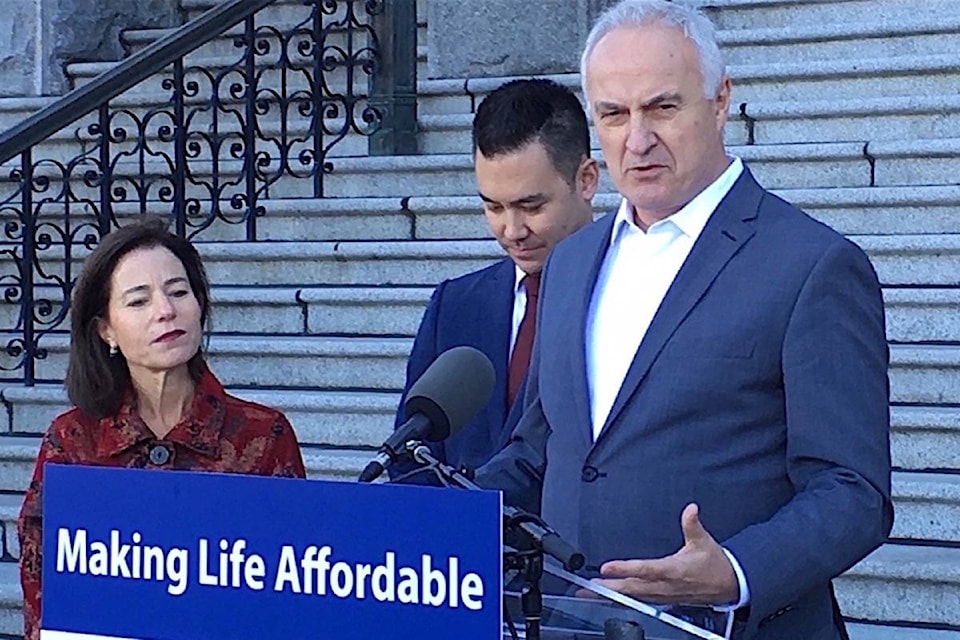The allowable annual rent increase for tenants in B.C. is increasing to four per cent starting next week, up from 3.7 per cent in 2017.
Landlords are only permitted to increase a tenant’s rental rate once per year, at a rate of two per cent plus inflation to a maximum of four per cent. They must provide at least three months’ notice in writing before doing so.
Low inflation limited the allowable rent increase to 2.2 per cent in 2014, 2.5 per cent in 2015 and 2.9 per cent in 2016. The 2018 maximum is the highest since 2012, when it sat at 4.3 per cent.
RELATED: B.C. to give renters a break on deposits, rent increases
A fall 2017 report from the Canada Mortgage and Housing Corporation listed the average one-bedroom rent in Victoria at $988 per month. A four-per-cent increase would tack another $39.52 onto the rent.
In October, Municipal Affairs and Housing Minister Selina Robinson introduced Bill-16, proposing the end of fixed-term rental agreements that did not include an option for the tenant to switch to a month-to-month arrangement after completing the original term, commonly a one-year lease.
RELATED: B.C. to end geographic area rent increases, close fixed-term lease loopholes
The “vacate clause” was enabling landlords to force renters out in order to find new tenants and raise the rent more than the allowable amount with a continuing tenant. The province does not allow rent increases of any kind before a 12-month tenancy is up, or at any point during 12 months from the previous rent increase.
The new maximum increase applies to those living in rental units such as houses or apartments. Mobile homes rents can be raised up to four per cent plus a proportional amount – the total increase in local government levies and regulated utility fees divided by the number of manufactured home sites in the park.
Subsidized housing, where rental rates are directly related to a tenant’s income, are not subject to maximum increase legislation. To determine your rent increase, visit the calculator tool on the province’s website.
